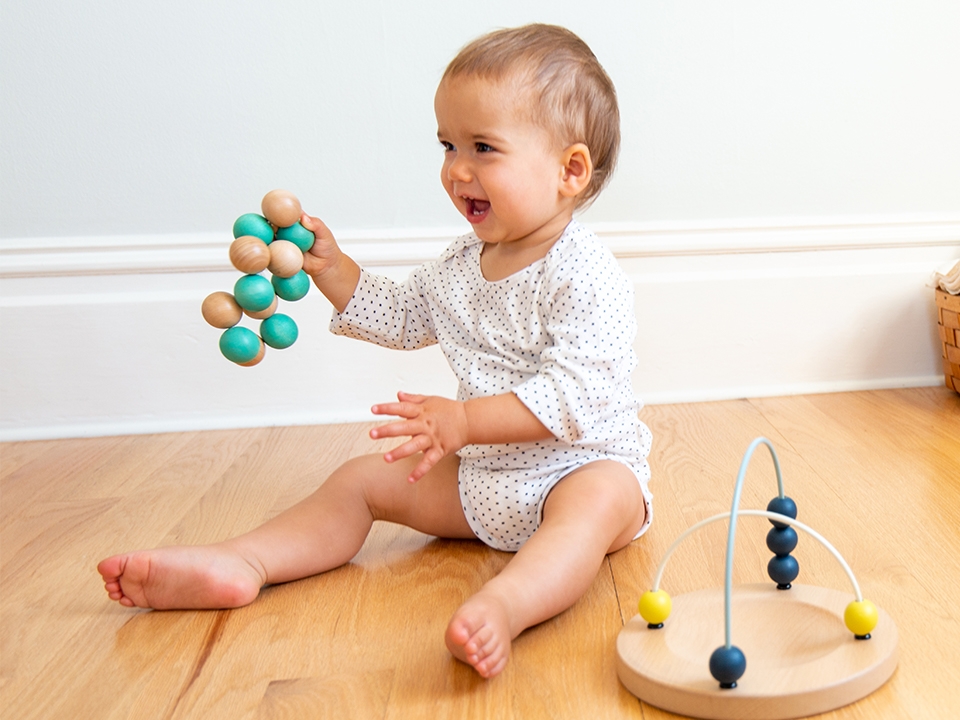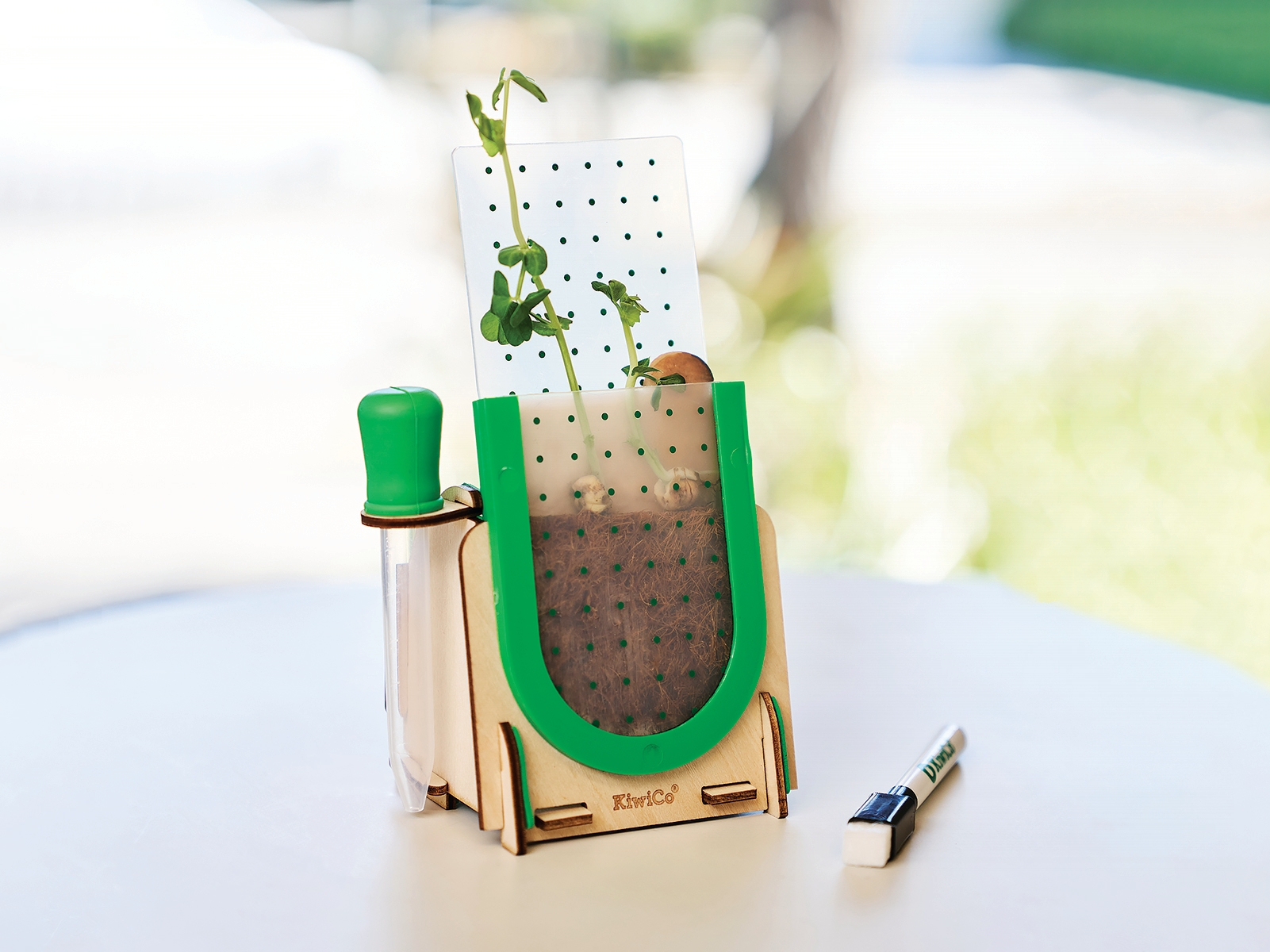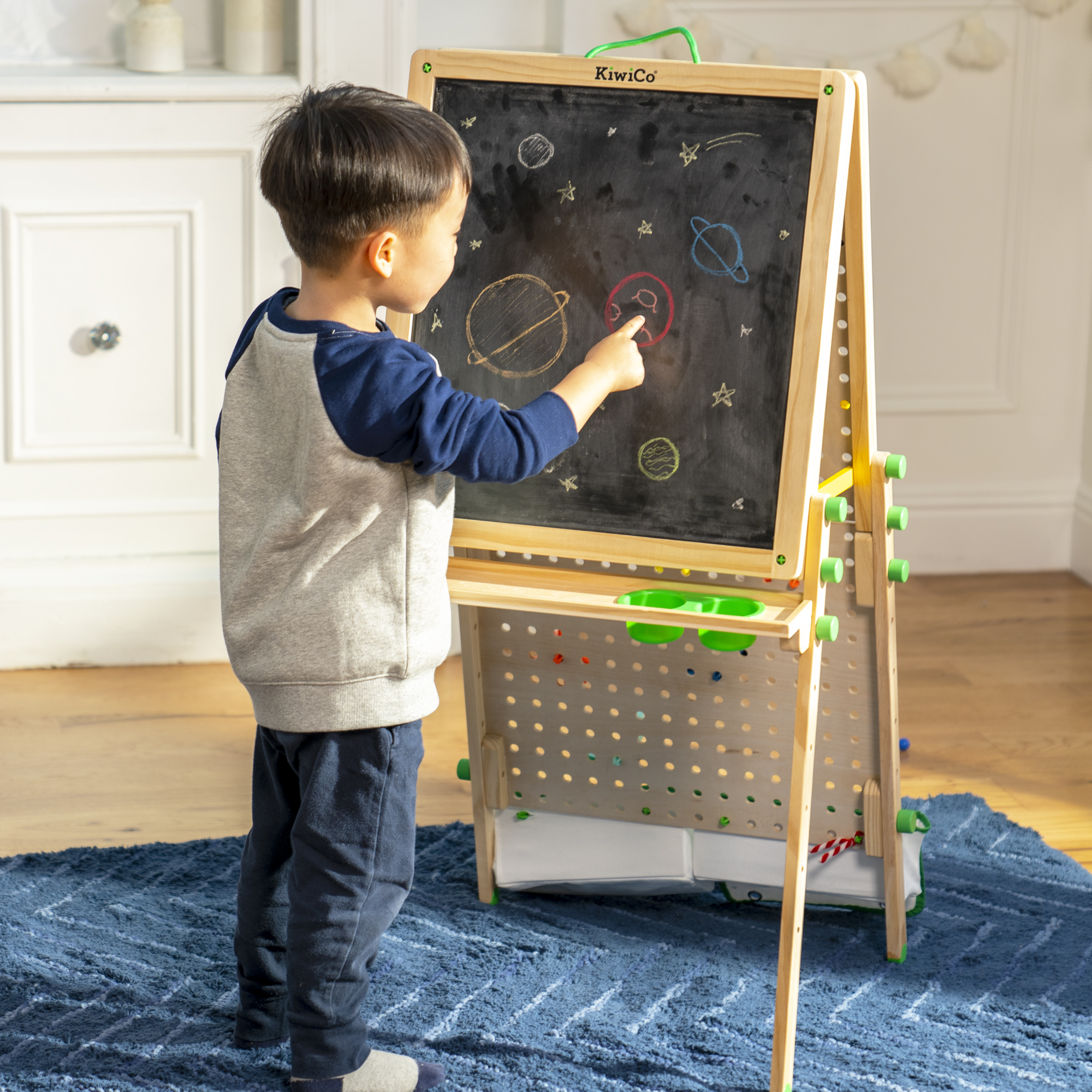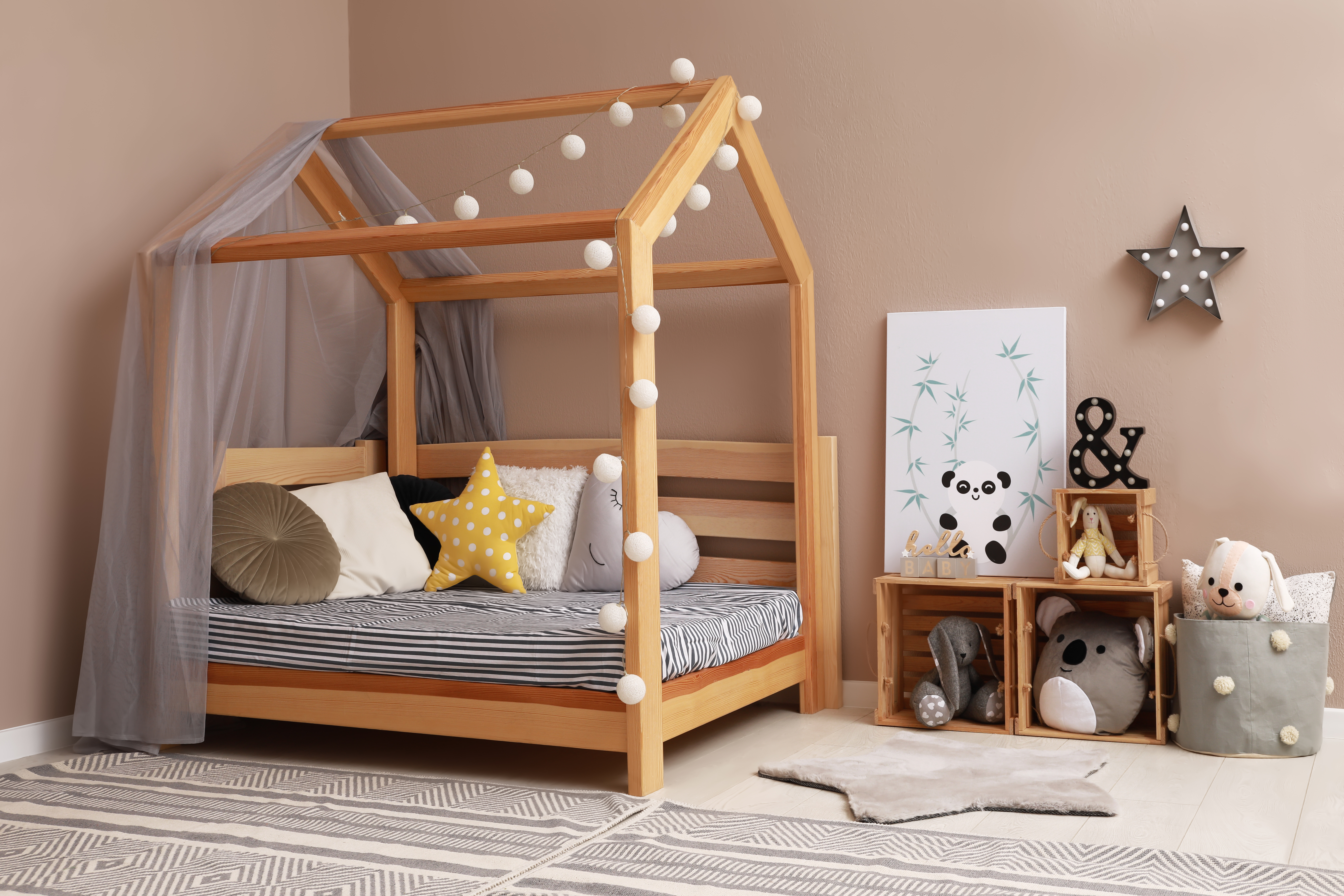Understanding Montessori Philosophy
Montessori philosophy is centered around the belief that children are naturally curious and learn best when they are actively engaged in their environment. A Montessori bedroom, therefore, aims to provide a child with the freedom to explore, make choices, and develop independence.
The Montessori Approach to Childhood Development emphasizes hands-on learning, self-directed activities, and respect for a child's developmental needs. It recognizes the importance of a prepared environment, which is carefully designed to encourage exploration, order, and concentration.
Designing the Bedroom
When designing a Montessori bedroom, it is essential to select furniture and decor that is child-sized, safe, and visually appealing. Here are some key considerations:
Selecting Child-Sized Furniture: Choose furniture that is proportionate to your child's size, allowing them to easily access and use it independently.
Incorporating Natural Materials: Opt for furniture and materials made from natural materials such as wood and cotton, which provide a warm and inviting atmosphere.

Atom Bead Maze, a wooden learning toy from KiwiCo Creating an Open and Inviting Space: Arrange the furniture in a way that allows for free movement and encourages exploration.
KiwiCo Panda Crate makes brain-building play and exploration accessible, convenient, and Whoa Awesome for both parents and young adventurers!
Arranging the Room
An awesome Montessori bedroom promotes independence and enables a child to easily find and put away their belongings. Here are a few tips:
Promoting Independence with Low Shelves and Baskets: Use low shelves and baskets to display toys and materials, enabling your child to access them without assistance.
Organizing Materials and Toys: Sort toys and materials into clearly labeled containers or baskets, making it easy for your child to find and return items to their designated places.
Including a Cozy Reading Nook: Create a comfortable reading nook with soft cushions, a bookshelf filled with age-appropriate books, and a cozy rug.
Encouraging Exploration and Creativity
A Montessori bedroom provides opportunities for children to engage in imaginative play and explore their surroundings. Here are a few ideas to spark imagination and help young adventurers feel confident in their space:
Displaying Artwork at the Child's Eye Level: One common mistake is to hang artwork too high! Hang your child's artwork at their eye level, showcasing their creativity and building their confidence.
Setting Up a Nature Corner: Create a small nature corner with plants, a magnifying glass, and natural objects like seashells or rocks, encouraging your child to observe and appreciate the natural world.

Watch-It-Grow Planter: Snap Peas from KiwiCo Incorporating Sensory Activities: Include activities that stimulate the senses, like a sensory table filled with different textures or a musical instrument corner.
Promoting Healthy Sleep Habits
A Montessori bedroom supports a peaceful sleep routine and helps children develop healthy sleep habits. Consider the following suggestions:
Designing a Calming Sleep Environment: Choose soothing colors, soft lighting, and blackout curtains to create a tranquil atmosphere that promotes relaxation.
Using a Floor Bed or Low-Profile Bed: Opt for a floor bed or a low-profile bed that allows your child to get in and out independently, promoting a sense of freedom and autonomy.
Establishing a Bedtime Routine: Develop a consistent bedtime routine that includes activities like reading a book, dimming the lights, and engaging in calming activities.
Maintaining a Montessori Bedroom
To ensure a Montessori bedroom remains engaging and supportive of your child's development, follow these guidelines:
Encouraging Responsibility with Simple Chores: Assign age-appropriate tasks to your child, such as tidying up their toys or making their bed, to cultivate a sense of responsibility. You can also add to your child’s sense of accomplishment with a white board or a chalk board to track which chores they’ve completed.

Marble Run + Art Easel from KiwiCo Regularly Rotating Toys and Materials: Introduce new toys and materials periodically while temporarily storing others, ensuring your child has a variety of options that cater to their interests and development.
Reflecting the Child's Evolving Interests: Kids don’t stay interested in the same topics forever! Observe your child's changing interests and adjust the room's arrangement and materials accordingly, providing them with opportunities to explore new subjects.
Designing a Montessori bedroom for your child can have a significant impact on their development, fostering independence, creativity, and a love for learning. By understanding the principles of Montessori philosophy and implementing practical strategies for organizing and arranging the room, you can create a space that supports your child's growth and exploration.
FAQs
Q: How do I introduce a Montessori bedroom to my child?
A: Introduce a Montessori bedroom gradually by involving your child in the process. Allow them to choose some furniture or decorations and explain the principles behind the Montessori philosophy.
Q: Can I incorporate Montessori principles in a small space?
A: Yes, you can incorporate Montessori principles in a small space by maximizing the use of vertical storage, utilizing multi-purpose furniture, and creating designated areas for different activities.
Q: Is a Montessori bedroom suitable for children of all ages?
A: Yes, a Montessori bedroom can be adapted to suit children of different ages. Adjust the furniture, materials, and activities based on your child's developmental stage and individual needs.
Q: How can a Montessori bedroom benefit my child's development?
A: A Montessori bedroom encourages independence, fosters creativity, promotes self-discipline, and supports the development of essential life skills such as orderliness and concentration.
Q: What are some Montessori-inspired bedtime routines?
A: Montessori-inspired bedtime routines may include activities like reading a book together, dimming the lights gradually, and engaging in calming activities such as yoga or deep breathing exercises.
By implementing the principles of Montessori philosophy, designing an inviting space, and promoting independence and exploration, you can provide your child with an environment that nurtures their development and encourages a love for learning.
